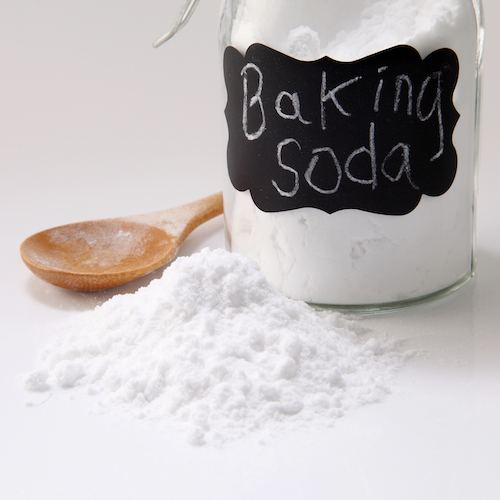
Water water everywhere but not a drop to drink! While I’m writing this we have just had one of the biggest downpours on the North Shore in eight years. Over 60mm in one hour was recorded, causing immediate flooding in some areas. With flooding can come water contamination; in Havelock North overflow from a paddock into a pond 90m from the extraction point caused 5,500 people to become ill.
A secondary report stated that 700,000 kiwis could be drinking unsafe water! Auckland and Wellington town supply has been confirmed as meeting current standards, however, that leaves one-fifth of New Zealanders with potentially unsafe water.
And what about everyone who is on tank water?
That is now the case for us (as I’ve mentioned before) after the hot spell late last year we ran out of water. A week or so before that happened everyone in our household was feeling squeamish and we couldn’t figure out why; once the tank went dry we put it down to water contamination and had the tank and filter system checked.
Since then a close friend has ended up in hospital for six days after drinking tank water at a farm up north, at least that’s what they are putting it down too as there’s no other direct cause.
The Government is now being urged to urgently ensure universal treatment of all town water, but what can you do if you’re on tank water? What do you need to look out for and how do you keep your water safe considering any slight contamination of tank water can cause illness and gastrointestinal diseases, especially to the elderly, infants, and people with low immunity.
Potential tank water contaminants
Insects, birds, dead animals, and animal droppings on the roof or in gutters; bird or animal faces carry germs such as viruses, E. coil 0157, Salmonella, Campylobacter, Giardia, and even Cryptosporidium.
Lead flashing and roof paint that contains lead
Holes and cracks in underground tanks could pose a health threat
Chemical residues from vehicle emissions, agrochemical spray drift, wood ash, volcanic ash and airborne pollutants
Soil, leaves and plant debris can cause buildup
Keep Your Tank Water Safe to Drink
Make sure that the roof is safe and clean enough to collect rainwater. You do not want lead from your roof or gutters leaching into your water supply.
Install gutter mesh on all of your gutters. This will prevent excess debris and leaves from accessing and blocking your gutter and potentially making it into your water tank.
Make sure that your tank is ventilated properly to avoid internal pressure build up. At the same time, install insect-proof screens.
Have your tank cleaned regularly by a professional and if possible, do not let it run dry.
Install a point-of-use device or a water filter, make sure it is approved for tank or bore water, there are filters available that will filter out bacteria, pesticides, insecticides and remove any unpleasant smells and tastes.
If you are concerned about your tank water do a test, there are several companies who will come and carry this out, or you can order a test on line and do it yourself. We used this test from NZ Filter Warehouse which is on sale now for $39.90, it contains the following:
One Bacteria Test Vial
One Lead / Pesticide Test Packet
One Nitrate / Nitrite Test Packet
One pH / Hardness / Chlorine Test Packet
Sources:
http://www.nationalpolyindustries.com.au/knowledge-base/how-to-maintain-drinking-water-quality-in-your-rainwater-tank/index.html
https://www.healthed.govt.nz/resource/water-collection-tanks-and-safe-household-water
http://www.abc.net.au/news/health/2017-11-30/rainwater-tank-safety/9157240
http://www.newshub.co.nz/home/politics/2017/12/700-000-kiwis-could-be-drinking-unsafe-water-report.html




About The Author: Grant_admin
More posts by grant_admin